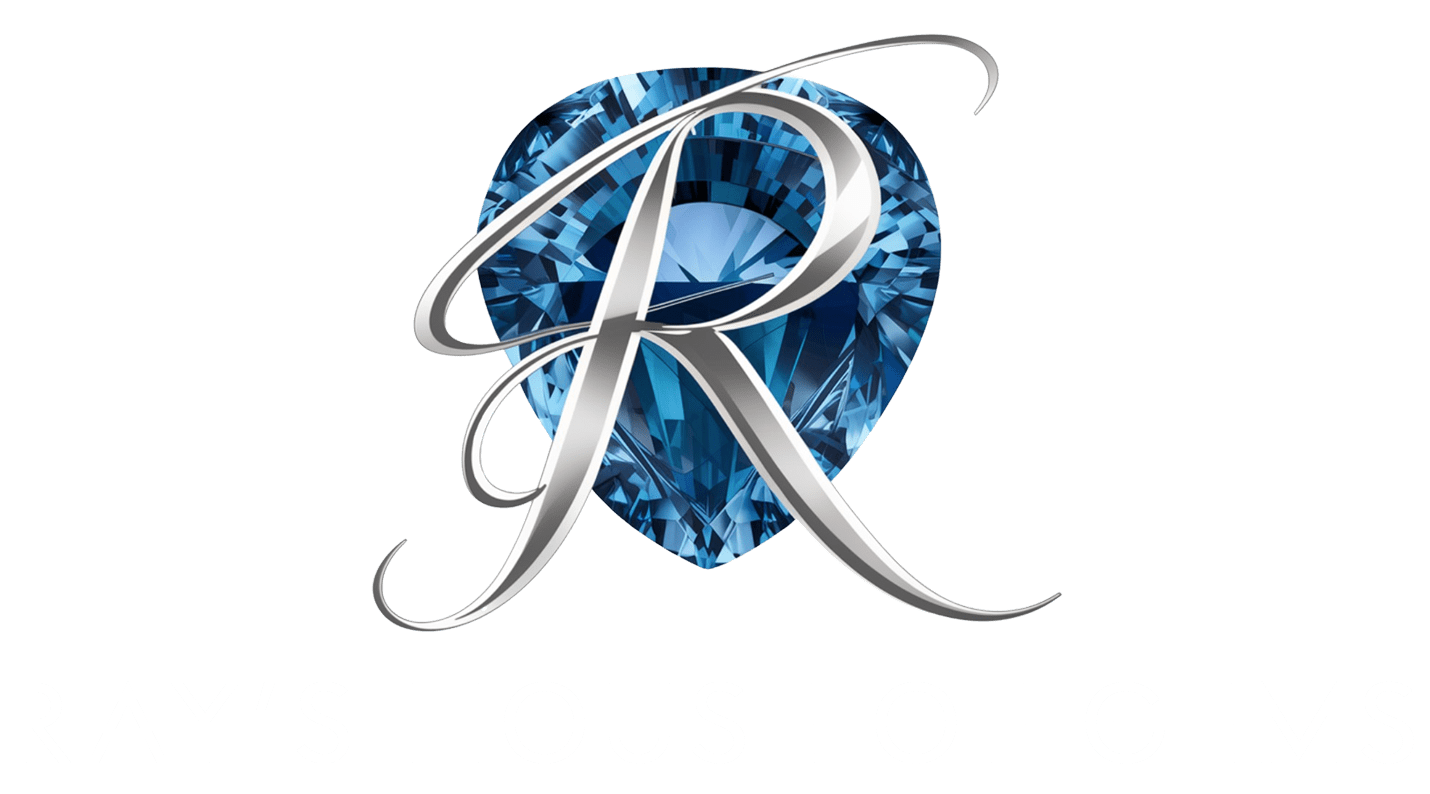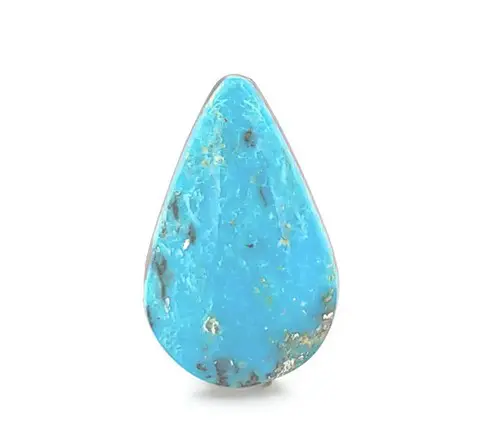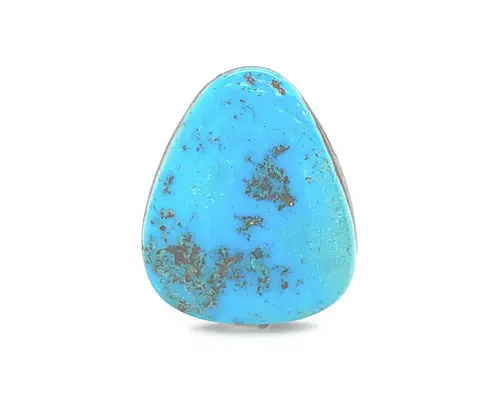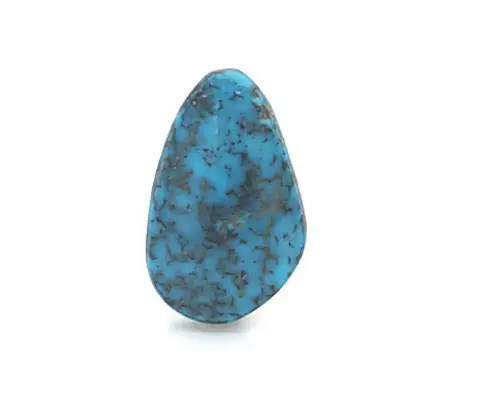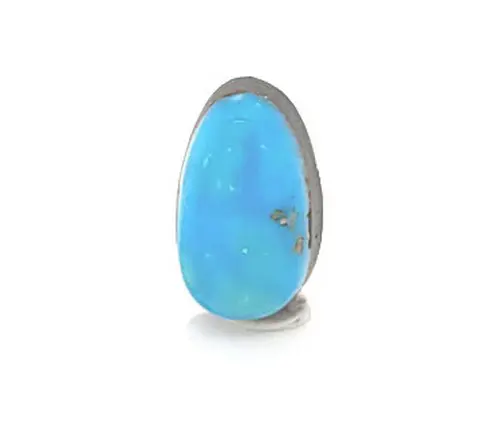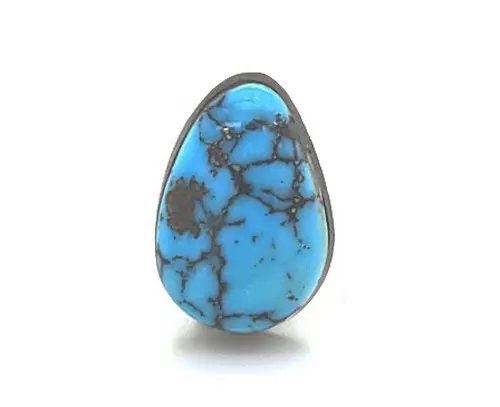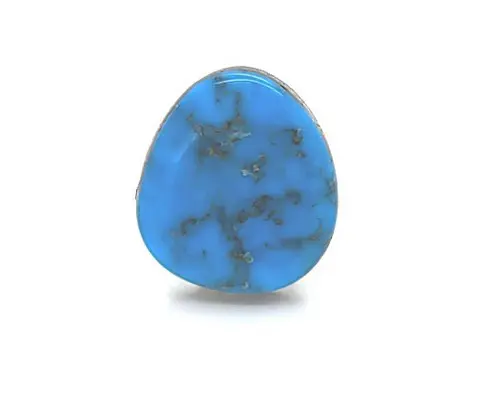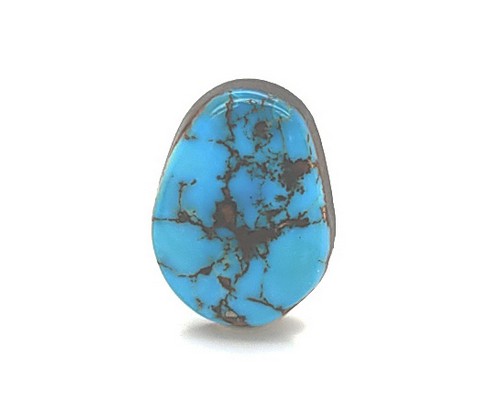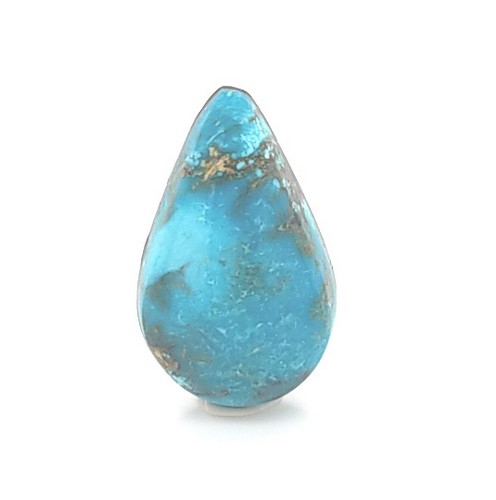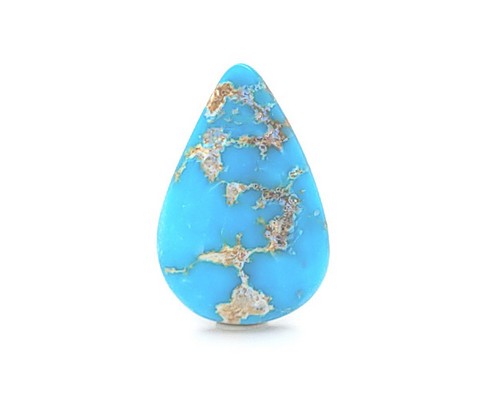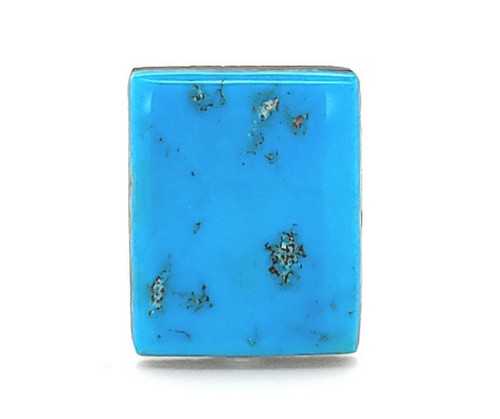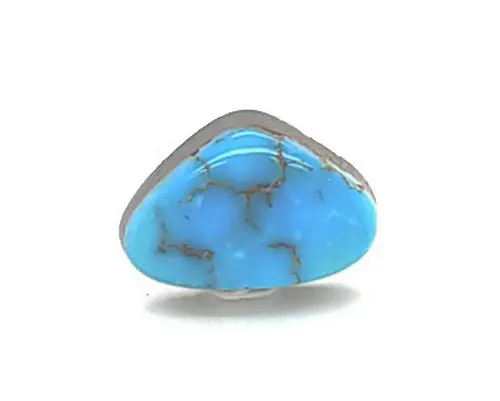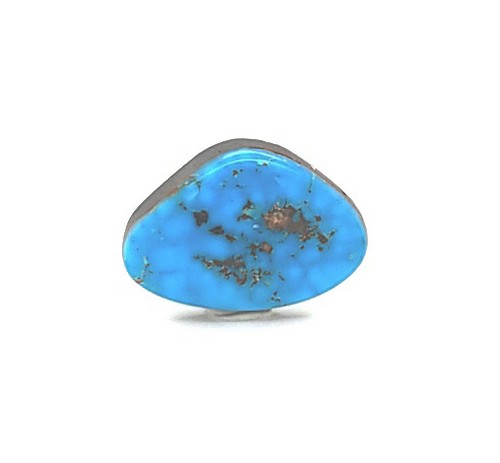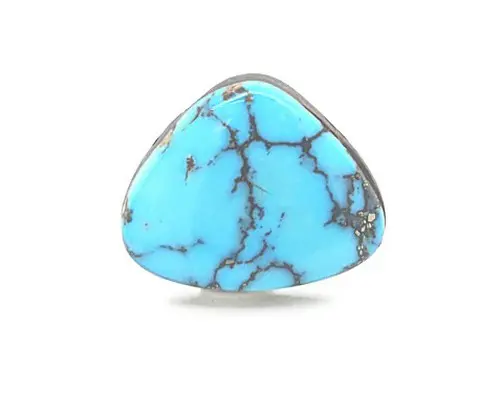Loose Turquoise Stones
Our collection of loose Turquoise gemstones showcases some of the most vibrant and storied natural Turquoise on Earth. Hand-selected from famous sources within the American Southwest, Iran, and Tibet, each stone reflects the rich heritage and distinctive beauty that makes Turquoise truly timeless. Our high-quality assortment features a captivating spectrum of hues, from classic sky blue to rare green-tinged varieties, with striking natural matrix patterns that make every gem one-of-a-kind. Revered by ancient civilizations and modern collectors alike, Turquoise is an ideal choice for bespoke jewelry, meaningful gifts, or standout additions to any gemstone portfolio.
- « Previous
- 1
- 2
- 3
Turquoise is one of the world’s oldest known gemstones, admired for its vibrant blue-green hues and rich cultural history. Unlike the traditional “precious four” (diamond, ruby, sapphire, and emerald), turquoise has carved out its own legacy—especially in Native American, Egyptian, Persian, and Tibetan traditions. Prized as a stone of protection, wisdom, and healing, turquoise has been worn for thousands of years as both adornment and amulet. Today, high-quality loose turquoise stones continue to be highly sought after for artisan jewelry, collector’s pieces, and meaningful gemstone gifts.
The Origins of Turquoise
Turquoise is a hydrous phosphate mineral formed when copper-rich water interacts with aluminum and phosphorus deposits in arid, sedimentary environments. This natural process occurs over millions of years and requires very specific geological conditions, which is why turquoise is relatively rare and mined in only a few regions around the world.
The most well-known sources of turquoise include the southwestern United States—particularly Arizona and Nevada—as well as Iran (historically known as Persia), Egypt, and Tibet. Each region produces turquoise with distinctive color, matrix, and texture. For example, Sleeping Beauty turquoise from Arizona is prized for its robin’s egg blue color with minimal veining, while Royston turquoise from Nevada showcases striking two-tone patterns with brown matrix. Iranian turquoise is celebrated for its intense blue tone and high hardness.
Characteristics of Loose Turquoise Stones
When shopping for loose turquoise, several factors influence the stone’s value, durability, and aesthetic appeal.
Color is the most noticeable feature and plays a major role in determining a turquoise stone’s desirability. The finest turquoise displays a saturated sky blue or robin’s egg blue color, often referred to as “Persian blue.” Some varieties lean toward green, which is equally beautiful and sometimes even rarer depending on the mine and mineral composition.
Matrix refers to the dark veining or webbing that appears in some turquoise stones, caused by remnants of the host rock. Some collectors prefer clean, matrix-free turquoise, while others appreciate the artistic and natural character that the matrix provides.
Hardness and stabilization also matter. Natural turquoise is relatively soft and porous, so it is often stabilized with resins to improve durability and prevent color fading. While stabilized turquoise is still considered authentic, reconstituted or dyed turquoise—made from compressed turquoise powder or imitation stones like howlite—holds significantly less value.
Cut and polish can affect how a stone displays in jewelry. Loose turquoise is most commonly found as cabochons (domed, polished shapes) or freeform nuggets, making them ideal for one-of-a-kind, handcrafted pieces.
Why Buy Loose Turquoise Stones?
Purchasing loose turquoise stones gives buyers more control over both quality and creative possibilities. Instead of settling for pre-made pieces, selecting a loose stone allows you to choose the exact size, shape, and color that fits your vision—whether you’re designing a custom pendant, inlay bracelet, or a pair of statement earrings.
Loose stones are also easier to inspect before setting. When turquoise is mounted in jewelry, flaws or treatments may be hidden. Evaluating a stone in its natural or polished but unset state ensures a more transparent and confident buying decision.
For collectors and investors, owning rare turquoise specimens—especially from closed or historic mines like Bisbee or Morenci—offers long-term value. These stones are not only beautiful but increasingly scarce.
How to Choose the Perfect Loose Turquoise Gemstone
To select the perfect turquoise stone, consider your personal style, intended use, and budget. Start by choosing your preferred color range—pure blue, greenish-blue, or even rare apple green varieties like those from Carico Lake. Then decide whether you prefer stones with a bold, visible matrix or a clean, uniform surface.
Next, confirm whether the stone is natural or stabilized. Both are acceptable depending on your needs, but be cautious with dyed or reconstituted turquoise being passed off as natural. Buying from reputable sources that disclose the stone’s origin and treatment ensures peace of mind.
If you’re investing in heirloom-quality turquoise, look for stones from well-documented mines with provenance, such as Kingman, Sleeping Beauty, Royston, or Persian turquoise. These names carry a reputation for producing consistent, high-grade material.
When to Wear Turquoise
Turquoise is a versatile gemstone that can be worn for both spiritual significance and fashion appeal. Its calming color complements both bohemian and upscale styles, making it ideal for daily wear or special occasions. Traditionally, turquoise is believed to promote emotional balance, enhance communication, and offer protection during travel—making it a meaningful stone to wear when entering new chapters of life, whether that’s a journey, a career change, or a relationship milestone.
Culturally, turquoise is worn in ceremonies, rituals, and celebrations. In Native American culture, turquoise is considered sacred, symbolizing life, renewal, and the connection between Earth and sky. In Tibet and Persia, it was worn to protect against evil and attract blessings.
What Does Turquoise Symbolize?
Turquoise carries deep symbolism across many civilizations. Universally, it represents protection, healing, and wisdom. Its blue hue is associated with the sky and water—two of the most vital elements for life—while its green tones connect it to growth, fertility, and nature.
Throughout history, turquoise was believed to protect the wearer from harm and bring good fortune. In medieval Europe, it was thought to break or change color in the presence of danger. In Indigenous American cultures, turquoise was seen as a bridge between the physical and spiritual worlds, often used in offerings, amulets, and sacred artifacts.
Today, turquoise is still regarded as a stone of harmony, strength, and truth. It’s especially meaningful in jewelry gifted for friendship, protection, or new beginnings.
Turquoise: December's Birthstone
Turquoise is the official birthstone for December, making it an ideal gift for those born in the final month of the year. It symbolizes hope, peace, and protection—fitting themes during the holiday season and transition into a new year. Its unique color also makes it a refreshing and unexpected choice for winter jewelry.
A turquoise birthstone ring, pendant, or bracelet not only celebrates someone’s birth month but offers a personal connection to a stone that’s been cherished for thousands of years.
Caring for Your Loose Turquoise
Turquoise is more delicate than many other gemstones, so proper care is key to preserving its color and quality. Avoid exposing it to harsh chemicals, oils, or prolonged sunlight, which can cause discoloration. When cleaning, use a soft cloth and mild soap and water—never ultrasonic or steam cleaners.
Store loose turquoise separately in a padded pouch or jewelry box to prevent scratching, especially if stored with harder stones like diamonds or sapphires.
The Future of Turquoise Gemstones
As some mines close and demand continues to grow, high-quality turquoise is becoming harder to find. Collectors are increasingly turning to loose turquoise stones from historic mines, appreciating their scarcity, heritage, and artistic beauty. Whether you're investing, designing a one-of-a-kind piece, or simply honoring the rich traditions associated with this gemstone, turquoise offers timeless appeal and enduring value.
Explore our curated collection of loose turquoise stones and discover the perfect gem to tell your story.

